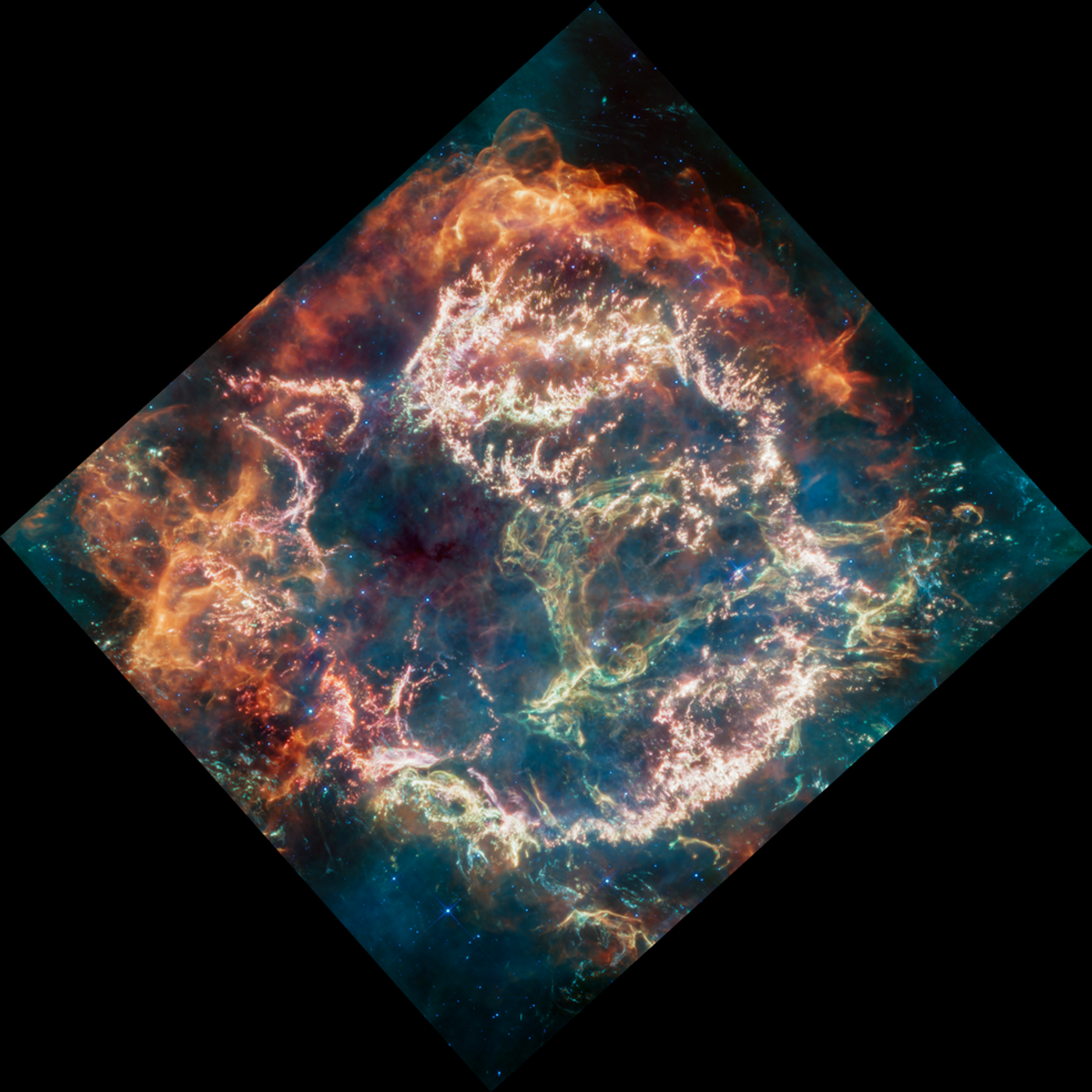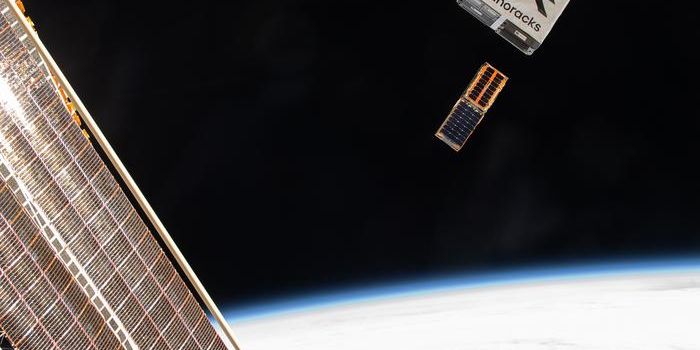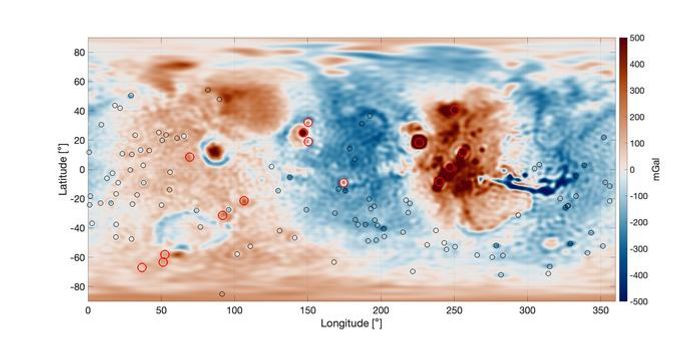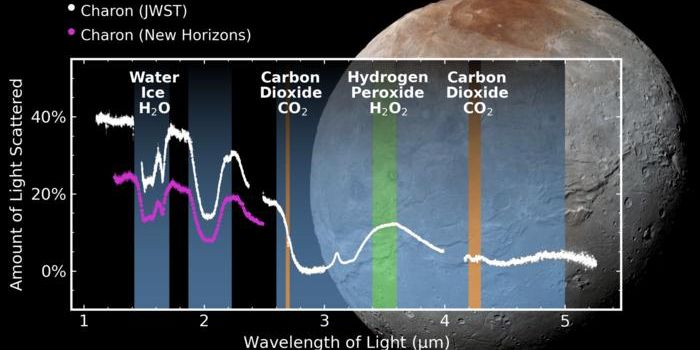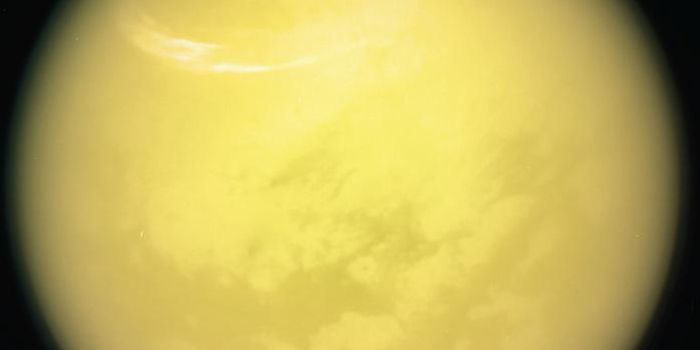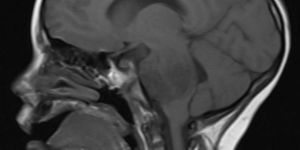NASA's James Webb Provides Spectacular New Image of Supernova Remnant Cassiopeia A
NASA’s James Webb Space Telescope (JWST) has yet to disappoint astronomy fans, as it recently revealed a spectacular image, and new details, of the supernova remnant, Cassiopeia A (Cas A), which is located approximately 11,000 light-years from Earth. What makes Cas A so unique is it is currently the youngest known supernova remnant in the Milky Way Galaxy, which allows scientists to study supernovas just after they exploded.
Recent image of Cassiopeia A taken by NASA's James Webb Space Telescope. (Credit: NASA, ESA, CSA, D. Milisavljevic (Purdue), T. Temim (Princeton), I. De Looze (Ghent University). Image Processing: J. DePasquale (STScI)).
“Cas A represents our best opportunity to look at the debris field of an exploded star and run a kind of stellar autopsy to understand what type of star was there beforehand and how that star exploded,” said Dr. Danny Milisavljevic, who is an assistant professor in the Department of Physics and Astronomy at Purdue University, and the JWST program lead responsible for studying these types of images.
“Compared to previous infrared images, we see incredible detail that we haven't been able to access before,” said Dr. Tea Temim, who is a research astronomer in the Department of Astrophysical Sciences at Princeton University, and a co-investigator on the program led by Dr. Milisavljevic.
JWST takes images in the infrared spectrum. But once this infrared light is translated into visible light, scientists are ablet to study Cas A like never before, to include colors representing warm dust, which represents where exploded material interacts with the circumstellar gas and dust in the surrounding space.
“In Cas A, we can spatially resolve regions that have different gas compositions and look at what types of dust were formed in those regions,” explained Dr. Temim.
The study of supernovae is vital to understanding the formation and evolution of life, as our bones and teeth are made of the calcium in the supernovae, along with the iron in our blood.
As the famous astronomer, Dr. Carl Sagan, once said, “We are all made of star stuff.”
“By understanding the process of exploding stars, we’re reading our own origin story,” said Dr. Milisavljevic. “I’m going to spend the rest of my career trying to understand what’s in this data set.”
What new discoveries will scientists make about supernovae in the coming years and decades? Only time will tell, and this is why we science!
Sources: NASA
As always, keep doing science & keep looking up!
